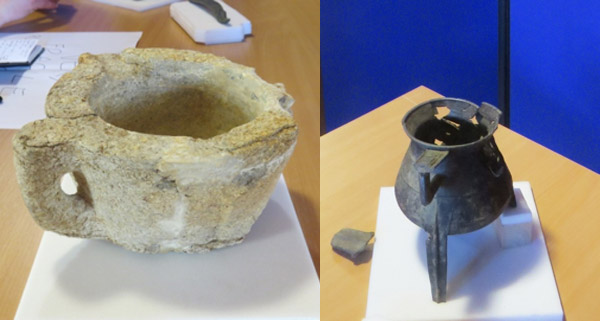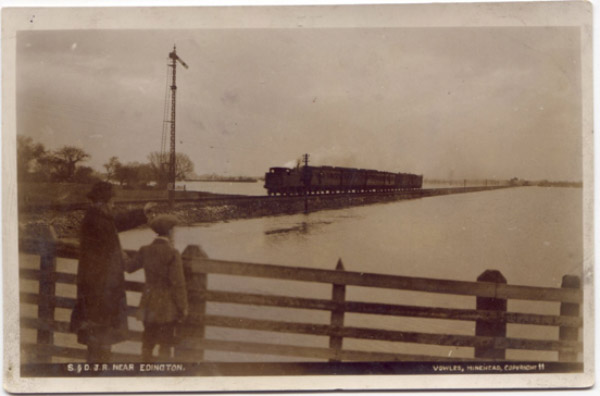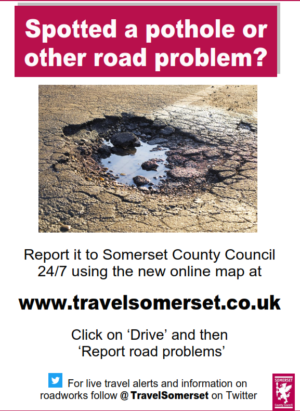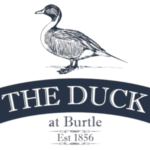History
The beginning of Burtle and the peat moors
At the end of the last Ice Age around 8000BC melting ice water caused sea levels to rise and the Brue valley was flooded forming a shallow inland sea. Several sand and gravel areas of higher ground, also known as Burtle beds, formed ‘islands’ these include Burtle, Westhay Godney and Westonzoyland. Reed marsh developed in the swampy ground and as it grew up and then decayed down again each season, peat began to form.
Around 3000BC. Early settlers were living on the higher ground and constructed a network of wooden track ways to connect the ‘islands’ during winter flooding. Local peat diggers have found the remains of these tracks preserved in the peat along with other items. Parts of the Sweet Track which was found just to the north east of Burtle, are displayed in the British museum and the Museum of Somerset in Taunton.
In Roman times the marine marsh still came as far inland as Burtle and salt production was an important local industry. Salt was a very precious commodity. Large lagoons or salt pans were dug in the ground which were allowed to flood with sea water by the incoming tide. The salty water was heated until it evaporated leaving behind the salt. There is still evidence of the salt workings around Burtle. The Romans also started to build drainage systems in the area and to use peat as a fuel.
Burtle Priory
In 1191 William of Edington granted Brother Walter the Hermit ten acres of land at Sprawlesmeade which was situated in the Robins Lane area of Burtle. It was known as the chapel of St Stephen. By 1270 it was called the Priory of Burtle Moor and the brethren were Augustine Canons. The estate was owned by the Abbey at Glastonbury and it remained the only building in Burtle until the dissolution in 1536.
Burtle farm is one of the oldest buildings in the village and there has been speculation that it is built on the site of the old Priory but recent excavations and geophysical data suggest that the priory was situated a short distance away from the existing house.
Excavations during the summer of 2013 uncovered evidence to support this theory as well as some interesting finds including a human Christian burial. Amongst the interesting artefacts found was an almost complete very rare posnet, a three legged metal cooking pot and purbeck marble mortar. These will eventually be on display in the Museum of Somerset, Taunton.
The Railway
The railway was an important part of Burtle life for over one hundred years providing transport for people, cattle, milk, peat and other produce.
With the building of a railway line between Evercreech Junction and Burnham, a station called Edington Road, was opened about half a mile south of Burtle in 1856. The station was much nearer to Burtle than Edington as the railway line was situated down on the levels, reportedly because the owners of the large properties along the Poldens did not want a railway line spoiling their views!
A branch line to Bridgwater was added in 1890 and the station was renamed Edington junction. When this branch line closed in 1952 the station was again renamed Edington Burtle. The station was finally closed in 1966.
Little remains today apart from the Station house and the Railway Hotel which was renamed the Tom Mogg after a long serving employee of the railway.








